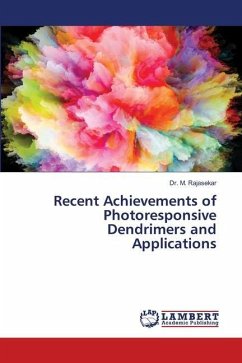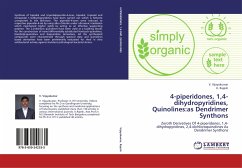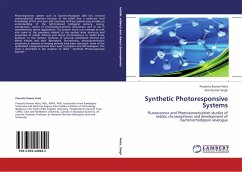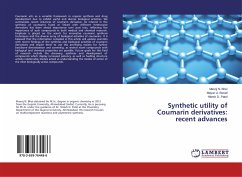Nowadays, dendrimers are branched molecules with well-defined lengths, shapes, molecular weights, and monodispersity in comparison to linear polymers. The dual effect of the chromophores luminescence and the morphology of the synthesized dendrimers has drawn a lot of interest to the design of dendrimers with different chromophores. Furthermore, the stimuli-responsive systems can sequester the drug molecules under a preset set of parameters and release them in a different environment by either an exogenous or an endogenous stimulus. The addition of photoresponsive moieties to different dendrimer components, such as the core, branches, magnifies the importance of the dendrimer in several related sectors of nanotechnology, such as sensors, photoswitches, electronic gadgets, and drug delivery systems. This book focused on photoresponsive /glycoside dendrimer structure and their biomaterial applications.








